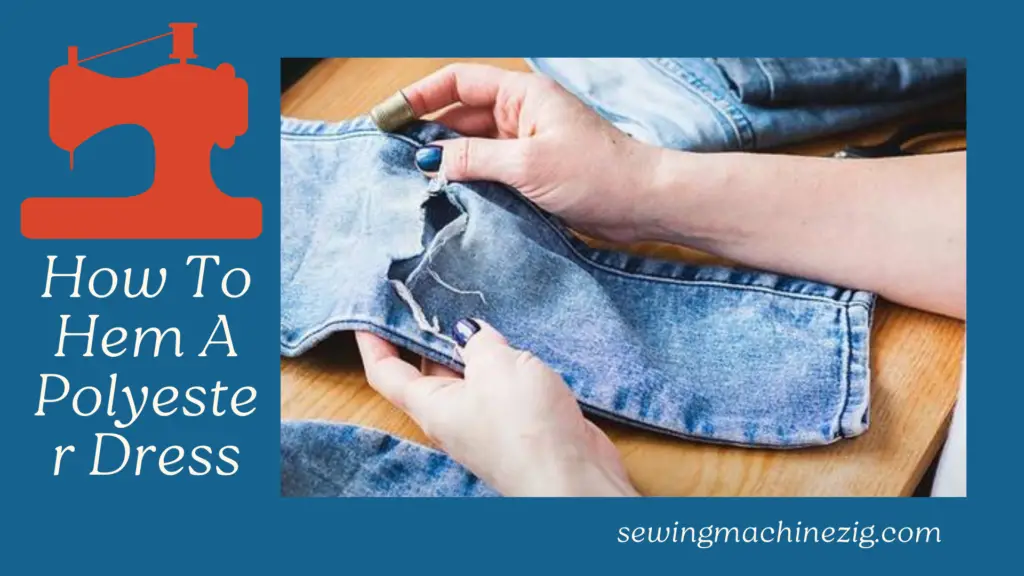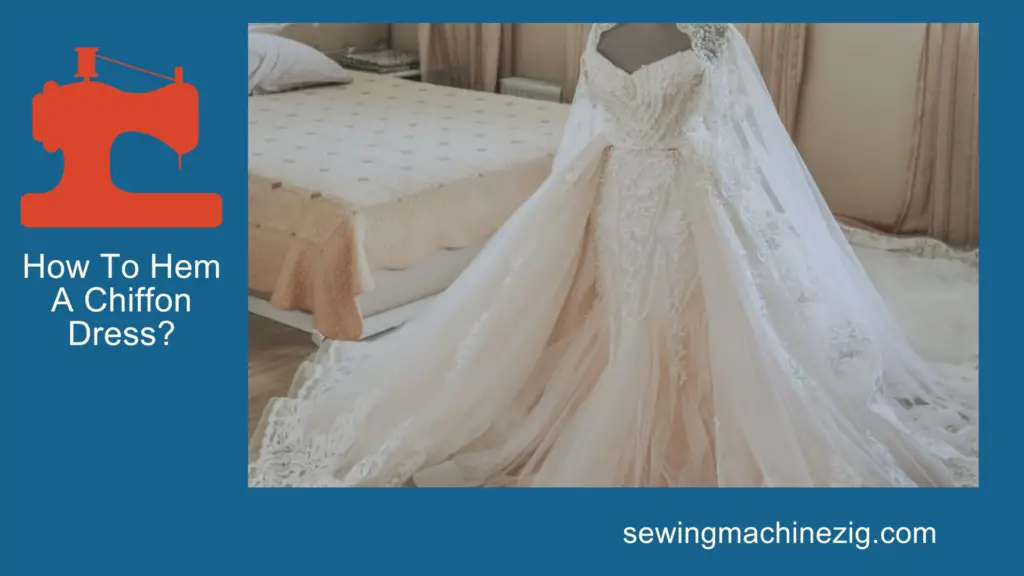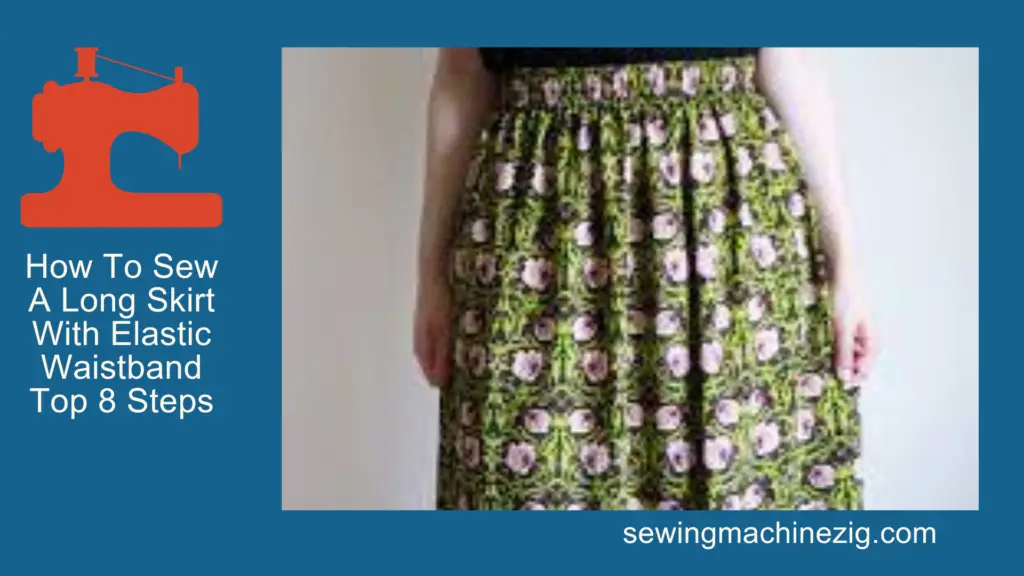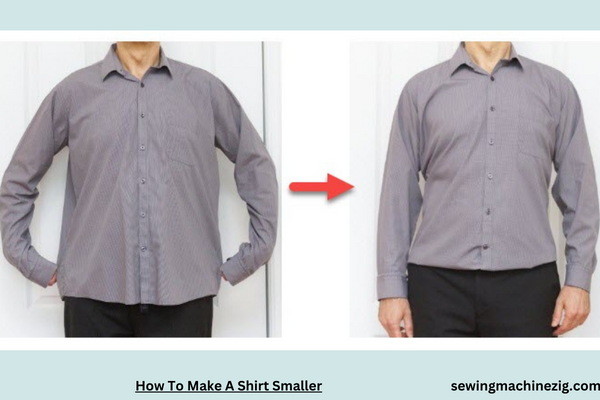
Embarking on a wardrobe revamp often prompts the question, how to make a shirt smaller? Whether it’s a thrift-store find or a beloved piece that’s lost its fit, resizing a shirt can breathe new life into your wardrobe. This inquiry opens a realm of alteration techniques, from simple adjustments like taking in the sides to more intricate modifications.
Delving into the art of tailoring and understanding the basics of garment resizing allows you to personalize your clothing, ensuring that your favorite shirts fit snugly and stylishly. “how to make a shirt smaller“
How To Make A Shirt Smaller Detailed Answer
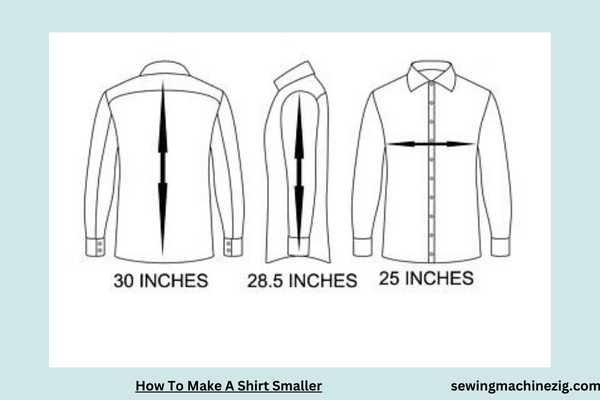
We’ve all been there – finding that perfect shirt only to realize it’s a tad too large. Whether it’s a thrift store gem, a hand-me-down, or a recent purchase, the frustration of an ill-fitting shirt can be disheartening.
But fear not, as we embark on a journey to transform that oversized garment into a perfectly tailored masterpiece. In this detailed guide, “”how to make a shirt smaller “we’ll explore a variety of methods on how to make a shirt smaller, ensuring you can confidently wear your favorite pieces with a personalized fit.
Understanding the Shirt Alteration Basics:
Before we delve into the specific methods, it’s essential to grasp the basics of shirt alterations. Altering a shirt involves modifying its size or structure to achieve a better fit. The key elements to consider include the seams, darts, and overall silhouette. By strategically adjusting these components, you can transform a loose and baggy shirt into one that complements your body shape.
1. Identify the Problem Areas:
The first step in making a shirt smaller is identifying the specific areas that need adjustment. Is it too wide around the torso, are the sleeves too long, or is the neckline too loose? Pinpointing the problem areas will guide your alteration process and ensure a more precise and tailored result.
2. Measure and Mark:
To achieve accurate alterations, it’s crucial to measure and mark the areas that require adjustment. Use a measuring tape to determine the desired dimensions for the chest, waist, and hips. Mark these measurements on the shirt using tailor’s chalk or washable fabric markers, creating a clear guide for your alterations.
3. Choose the Right Alteration Method:
Different alteration methods cater to specific fit issues. The choice of alteration will depend on the shirt’s construction and the adjustments needed. Common alteration methods include taking in the side seams, adjusting shoulder seams, tapering sleeves, and resizing the neckline. Choose the method that aligns with your alteration goals.
Altering Shirt Size:
1. Taking In Side Seams:
One of the most common alterations is taking in the side seams to reduce the overall width of the shirt. Here’s a step-by-step process:
- Turn the shirt inside out and put it on.
- Pinch the excess fabric along the side seams, creating a new seam line that follows the contour of your body.
- Use tailor’s chalk or a washable fabric marker to mark the new seam line.
- Remove the shirt and lay it flat, matching the side seams and pinning them in place.
- Sew along the marked lines, tapering gradually from the underarm to the hem.
- Trim the excess fabric and finish the raw edges with a zigzag stitch or serger.
2. Adjusting Shoulder Seams:
If the shoulders are too wide, adjusting the shoulder seams can improve the overall fit. Here’s a guide:
- Turn the shirt inside out and put it on.
- Pinch the excess fabric at the shoulders, creating a new shoulder seam line.
- Mark the new seam line with tailor’s chalk or a fabric marker.
- Remove the shirt and lay it flat, aligning the shoulder seams and pinning them in place.
- Sew along the marked lines, ensuring a smooth transition from the neckline to the sleeve.
- Trim the excess fabric and finish the raw edges.
3. Tapering Sleeves:
If the sleeves are too wide, tapering them can enhance the shirt’s overall appearance. Here’s how:
- Turn the shirt inside out and put it on.
- Pinch the excess fabric along the sleeve, creating a new seam line.
- Mark the new seam line using tailor’s chalk or a fabric marker.
- Remove the shirt and lay it flat, matching the sleeve seams and pinning them in place.
- Sew along the marked lines, tapering gradually from the shoulder to the cuff.
- Trim the excess fabric and finish the raw edges.
4. Resizing the Neckline:
If the neckline is too loose, resizing it can provide a more snug fit. Here’s a method to resize the neckline:
- Turn the shirt inside out and put it on.
- Pinch the excess fabric at the back of the neckline, creating a new seam line.
- Mark the new seam line with tailor’s chalk or a fabric marker.
- Remove the shirt and lay it flat, matching the neckline seams and pinning them in place.
- Sew along the marked lines, ensuring a smooth transition from the back to the front of the neckline.
- Trim the excess fabric and finish the raw edges.
Additional Alteration Tips:
- Maintaining Proportions: When altering a shirt, it’s crucial to maintain proportions. Ensure that adjustments to one part of the shirt complement the overall silhouette. For example, if you’re taking in the side seams, consider tapering the sleeves and adjusting the shoulder seams to maintain balance.
- Test with Temporary Stitches: Before making permanent alterations, use temporary stitches like basting stitches or safety pins to test the fit. This allows you to make adjustments as needed without committing to permanent changes.
- Consider Fabric and Pattern: Keep in mind the fabric type and pattern when making alterations. Stretchy fabrics may require different techniques than non-stretch fabrics. Additionally, patterns with stripes or prints may necessitate extra attention to pattern matching during alterations.
- Professional Alterations: If you’re uncertain about making alterations yourself, consider seeking professional help. Tailors are skilled in garment alterations and can provide precise adjustments for a tailored fit.
Summary:
Embarking on the journey to make a shirt smaller involves a thoughtful and detailed process. From identifying problem areas to choosing the right alteration method, each step contributes to achieving the perfect fit. Whether you’re taking in side seams, adjusting shoulder seams, tapering sleeves, or resizing the neckline, the key is precision and a keen eye for proportions.
So, the next time you encounter an oversized shirt, embrace the opportunity to tailor it to your unique measurements. With the right alterations, you can transform any shirt into a personalized and stylish garment that confidently graces your wardrobe. Happy tailoring!
Conclusion
Mastering how to make a shirt smaller is the art of how to make a shirt smaller opens up a world of creative possibilities. Non-sewing methods, from cinching with fabric-friendly tape to strategic folding and accessorizing, offer accessible and versatile solutions.
Whether you’re aiming for a more tailored fit or experimenting with temporary alterations, the key lies in embracing the flexibility these techniques provide. Making a shirt smaller becomes a personalized journey, allowing you to redefine your wardrobe without the need for a needle and thread, unlocking a realm of style innovation.
FAQs: How To Make A Shirt Smaller
Q1: Can I make a shirt smaller without sewing?
A1: Absolutely. Non-sewing methods, such as using fabric-friendly tape, strategic folding, or adding a belt, provide effective ways to resize a shirt without the need for stitching.
Q2: Is it possible to make a shirt smaller by cinching with fabric-friendly tape?
A2: Yes, fabric-friendly tape allows you to cinch excess fabric, making a shirt smaller. It provides a temporary solution and is easily removable when needed.
Q3: Are safety pins a suitable option for making a shirt more fitted?
A3: Indeed. Strategic folding and securing with safety pins offer a temporary yet customizable solution for adjusting the fit of a shirt without permanent alterations. “how to make a shirt smaller“
Q4: Can adding a belt make a shirt smaller at the waist?
A4: Yes, adding a belt is a stylish way to define the waist and make a shirt visually smaller. It’s a versatile option for achieving a more fitted look. “how to make a shirt smaller“
Q5: Is rolling and tucking a viable method for shortening a shirt?
A5: Absolutely. Rolling and tucking excess length at the bottom of a shirt provides a temporary shortening method, allowing for a customized and casual appearance. “how to make a shirt smaller“
Q6: Can layering with a fitted top make a shirt appear smaller?
A6: Yes, layering a fitted top underneath a shirt can create the illusion of a smaller size. It’s a versatile and fashionable way to adjust the overall fit. “how to make a shirt smaller“

